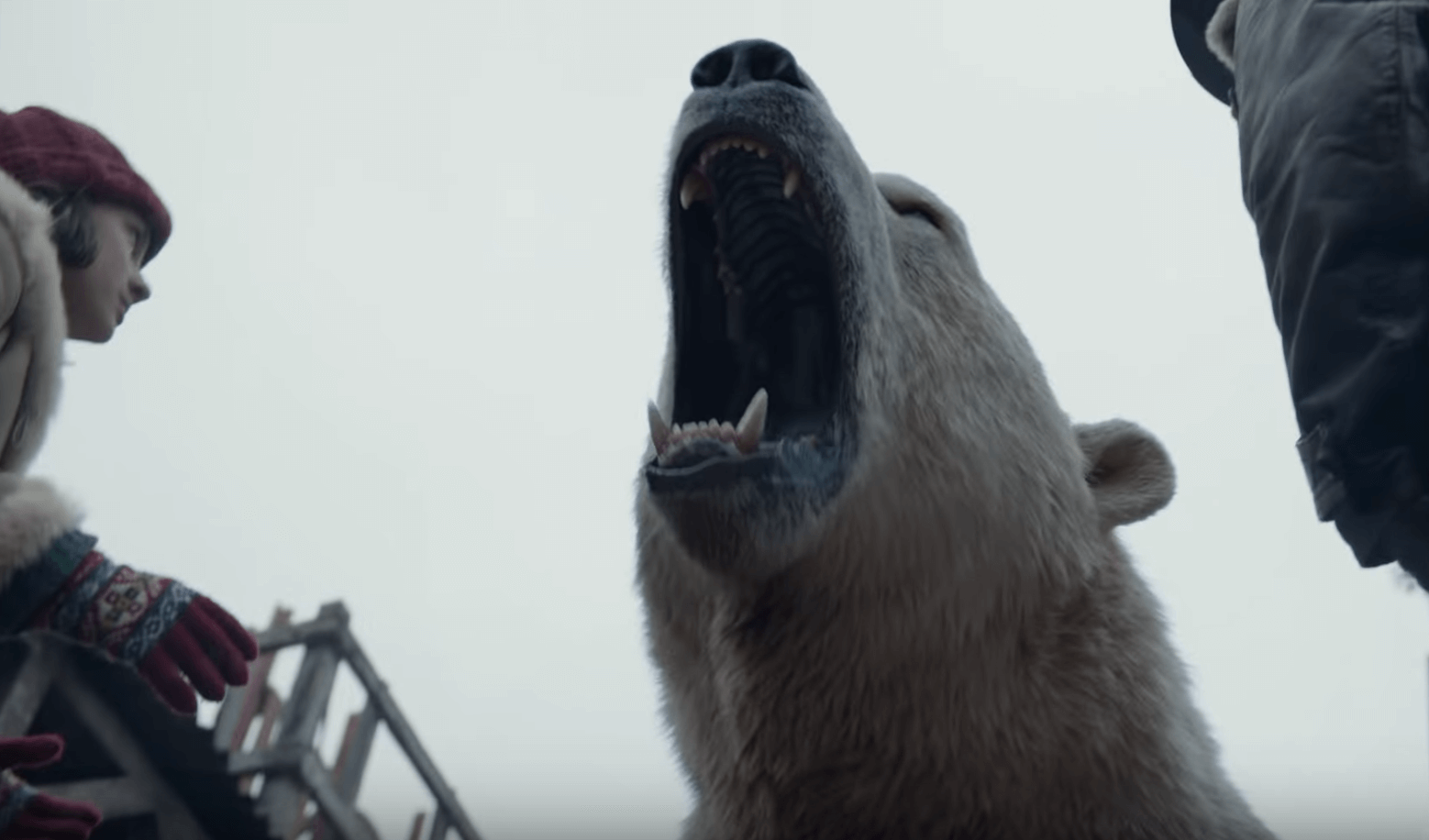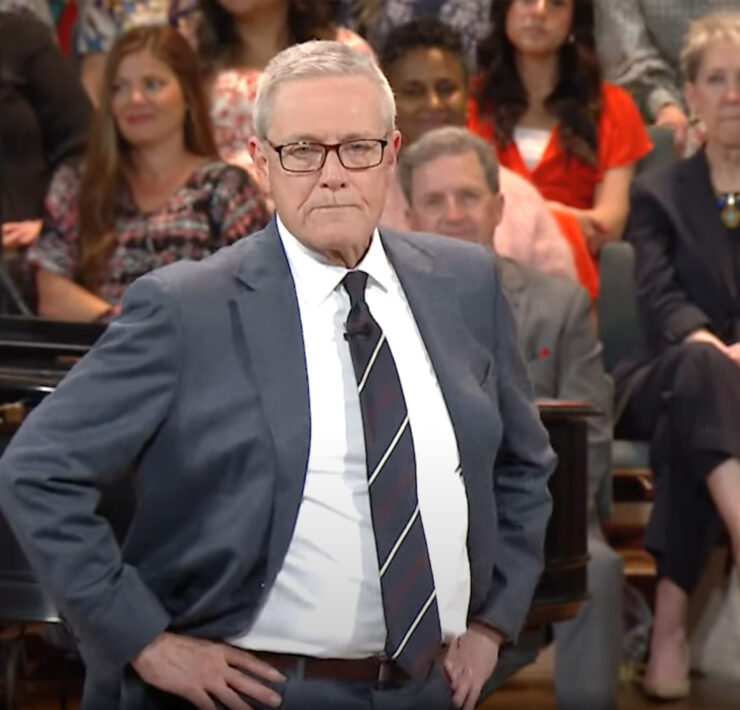
There are few movie genres as well-suited to the visual form as action movies. At their best, action movies are spectacles of performance, inciting thrills and emotion through the feats of the cast and crew. At their worst, action movies disappoint when what you’re looking at seems fake, inconsequential or incoherent. John Wick 3: Parabellum is a reminder of everything action movies can be, but it’s also a reminder of their peculiar limitations.
The John Wick franchise has become the best American action movie series of the past decade, and it might be one of the greatest Hollywood action series ever. The trilogy follows retired hitman John Wick (a note-perfect Keanu Reeves) as he takes revenge on the men who killed his dog and burned his house down. The end of John Wick: Chapter 2 positions the assassin against all his murderous peers, and the third movie follows our man as he goes from hunter to hunted.
Are the John Wick movies philosophic? No. Are they intelligent? Um, in the sense that an athlete has on-field “intelligence.” Are there deeper themes at work? No. If the subtitle “parabellum” has you imagining a sophisticated story, sorry. Parabellum is Latin for “prepare for war.” We’re here for one reason and one reason only: John Wick fighting bad guys.
And John Wick’s fighting style looks better than that of almost every other modern American action movie.
Hollywood actioners have gone through broad phases of how they present to viewers. In the 1980s, action movies wanted you to gawk at the men performing the action. Arnold Schwarzeneggar was in his heyday, but he found preposterously-muscled peers in Sly Stallone, Kurt Russell, B-list legends Steven Seagall and Chuck Norris, and Patrick Swayze. If the heroes weren’t oiled up or shirtless, they were drawing people in with megawatt stardom: Harrison Ford was Indiana Jones, Mel Gibson was a Lethal Weapon and even Eddie Murphy found his action lane with 48 Hours and Beverly Hills Cop. In the 80s, you went to action movies to look at people. The visual splendor was in their outrageous bodies and movie-star smiles.
In the 90s, action movies became situation-focused. Thrills came via outlandish scenarios, and with that a greater feeling of scale for the viewer. Die Hard preceded all this in 1988, of course, but in its wake came Speed, Con-Air, Bad Boys (Michael Bay is this trend personified), Air Force One and Independence Day. Oftentimes, these movies would climax not in a one-on-one duel between hero and villain, but a giant set piece punctuated with a fantastic explosion. The 90s James Bond movies serve as case in point: GoldenEye, Tomorrow Never Dies, The World Is Not Enough … Is the star of those movies Pierce Brosnan, or all the insane circumstances in which Pierce Brosnan finds himself? GoldenEye’s ridiculous final fight on top of the satellite can answer that.
The 2000s see the traditional action movie lose its purity as genre movies come to prominence. The Matrix has great (even transcendent) action, but it’s a sci-fi movie first. The Spider-Man and X-Men series are loyal to comic books before action, same with the Bourne trilogy and spy thrillers. The only true action franchise this decade was The Fast & The Furious, but those movies wouldn’t find their true calling as dumb-lug heist movies until 2011’s Fast Five.
The real action influencers of this millennium emerged overseas, as martial arts found a creative renaissance through the wuxia stylings of Hero, House of Flying Daggers and Crouching Tiger, Hidden Dragon. China also gave us Ip Man, a martial arts franchise about Bruce Lee’s teacher, while Thailand put out great fight choreography of its own in Ong-Bak. In 2011, Indonesia blessed the world with The Raid, whose commitment to stunt work and combative intricacy is only rivaled by its sequel and, for the first time, an American franchise: John Wick, which premiered in 2014.
After the people-focused and situation-focused displays of the 80s and 90s, American action movies had to learn from international markets a new technique for delivering visual wonder: performance. John Wick delivers its action by putting its main character in taut, minutely-choreographed fight scenes and watching him lay waste to scores and scores of bad guys. As we move from one movie to the next, John Wick’s feats of outstanding action prowess become more and more impressive. The draw isn’t the character himself, it’s the character’s potential for doing absolutely mind-blowing things with a gun, a knife, a pencil (!) or his hands.
That means your enjoyment of John Wick 3 is proportional to your tolerance for what amounts to feats of violent athleticism. The movie’s fight scenes are ballets crossed with shootouts crossed with decathlons crossed with MMA crossed with, uh, standardized testing (a pencil!!). They’re impressive, but if you came to feel something beyond shock and an adrenaline rush, these two hours are going to exhaust you almost as much as they exhausted the actors.
Because John Wick 3 limits itself—probably on purpose—to a narrow emotional spectrum. John Wick’s arc in the first two movies was typical (though not tiresome) grief-tinged revenge, but Parabellum mostly motivates him through survival, so by the third act, the movie’s callbacks to the loss of his wife feel like hasty backtracking.
It’s a common pitfall of action movies. The draw of the genre being violence, the movies have to justify that violence for the experience to feel redeemable. John Wick 3 doesn’t quite do that—by the end it’s really just a highlight reel of gob-smacking fight scenes—but other movies have.
Sometimes, redeeming an action movie is as simple as strapping the hero with a noble objective: In Raiders of the Lost Ark, Indiana Jones has to stop the Nazis, and in Die Hard, John McClane has to save the hostages. Other times, action movies hold up a mirror to themselves to meditate on violence; First Blood and Casino Royale do this well. Genre critics might say these means don’t justify such gratuitous ends, but that stereotypes all action movies as unintelligent (they’re not) and underestimates the significance of their visceral nature.
John Wick 3 doesn’t use its action to communicate any ideas or say much about its characters, but through its awesome action-centered technical achievements, it’s a potent reminder that going to a theater and watching people do amazing things has an enormous capacity to inspire. Because if John Wick does one thing better than almost every other Hollywood action franchise, it’s communicating the sheer humanity of this sort of enterprise. Every punch, kick, slash and shot in this movie seems to come from and be received by real, flesh-and-blood people. The same goes for the movie’s stunt dogs (!) and stunt horses (!!), let alone the stuntmen and women. This looked like grueling, dedicated, über-demanding work. Maybe you won’t care about this movie’s fiction, but you’ll applaud its participants. They’ve crafted a physical spectacle.
Like its predecessors, John Wick 3 is a bar-raiser, but as the franchise climbs to new visual heights, its emotional foundation is starting to crack. John Wick 4 is inevitable, but the franchise is becoming counter-evidence to its “if you want peace, prepare for war” mantra. When action is a means to an end, it sings, but this is a war for war’s sake. John Wick’s barrage of gunfire used to sound like music. It sounds more like murder now.






















